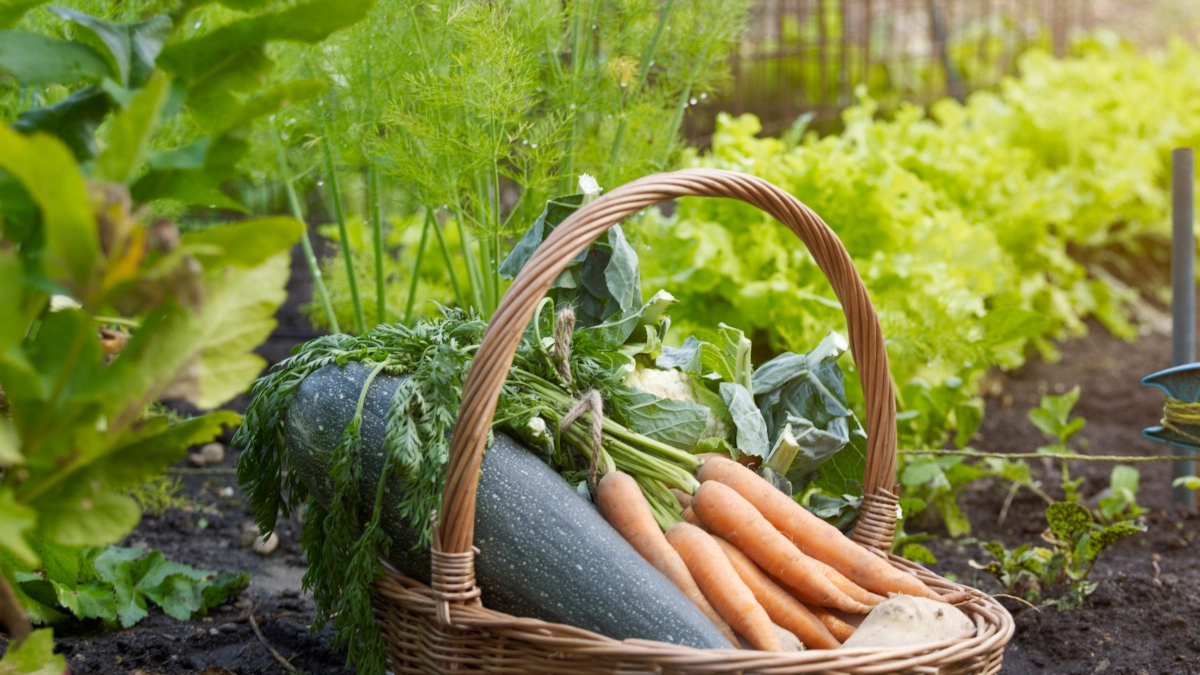Last Updated on March 10, 2023 by hgspaces
Plants to Grow in a Greenhouse
A greenhouse is an ideal environment for growing a wide range of plants and vegetables, regardless of the climate or season. By controlling temperature, humidity, and lighting, greenhouse gardening allows you to grow fresh produce year-round and even extend the growing season for outdoor plants. However, choosing the right plants for your greenhouse can be a challenge, as different species have different growing requirements. Here are some of the best plants and vegetables to grow in a greenhouse:
Tomatoes
- Tomatoes: Tomatoes are one of the most popular plants to grow in a greenhouse, thanks to their high yield and delicious taste. They prefer warm temperatures, so a greenhouse is an ideal environment for them. Tomatoes need plenty of sunlight, so make sure they receive at least 6-8 hours of direct sunlight each day.
Cucumbers
- Cucumbers: Another popular plant to grow in a greenhouse, cucumbers are easy to grow and highly productive. They require warm temperatures and plenty of moisture, so keep the greenhouse humidity levels high. Cucumbers also need support as they grow, so provide trellises or stakes for them to climb.
Peppers
- Peppers: Whether you prefer sweet or spicy, peppers are an excellent choice for greenhouse gardening. They require warm temperatures and plenty of light, so make sure they receive adequate exposure to the sun. Peppers can be grown in containers, making them an excellent option for small greenhouses.
Aubergine
- Eggplants: Eggplants are heat-loving plants that thrive in the warm, humid environment of a greenhouse making them a great plant to grow in a greenhouse. They require well-draining soil and plenty of light, so make sure they receive direct sunlight for at least 6-8 hours each day. Eggplants can also be grown in containers, making them ideal for smaller greenhouses.
Leafy Greens
- Leafy greens: Leafy greens like lettuce, spinach, and kale are easy to grow in a greenhouse and provide a nutritious addition to any meal. They prefer cooler temperatures, so make sure the greenhouse temperature doesn’t get too high. Leafy greens also require plenty of moisture, so keep the soil consistently moist.
Herbs
- Herbs: Herbs like basil, thyme, and oregano are easy to grow in a greenhouse and provide fresh, aromatic flavors to your meals. They prefer warm temperatures and plenty of sunlight, so make sure they receive at least 6-8 hours of direct sunlight each day. Herbs can be grown in containers or in the ground, depending on your preference.
Strawberries
- Strawberries: If you have a sweet tooth, consider growing strawberries in your greenhouse. They prefer cooler temperatures and high humidity, making them an excellent choice for greenhouse gardening. Strawberries can be grown in hanging baskets or containers, making them ideal for small greenhouses.
Microgreens
- Microgreens: Microgreens are the young, tender shoots of various plants that are harvested when they are just a few inches tall. They are packed with nutrients and add a burst of flavor to salads, sandwiches, and other dishes. Microgreens can be grown in trays or containers in a greenhouse and require minimal space and care.
Melons
- Melons: Melons like watermelon and cantaloupe are a delicious and refreshing treat in the summer months. They require warm temperatures and plenty of sunlight, so make sure they receive direct sunlight for at least 6-8 hours each day. Melons also require plenty of moisture, so keep the soil consistently moist.
Citrus Trees
- Citrus trees: If you live in a cooler climate, growing citrus trees in a greenhouse is an excellent way to enjoy fresh, juicy fruit year-round. Citrus trees require warm temperatures and plenty of sunlight, so make sure they receive direct sunlight for at least 6-8 hours each day. They also require well-draining soil and regular fertilization to thrive.
In conclusion, a greenhouse is a fantastic way to grow just about any type of plant or vegetable you desire.
If you would like to find out more about the benefits of growing in a greenhouse contact us.
More Resources:
https://www.gardeningetc.com/advice/what-to-plant-in-a-greenhouse
